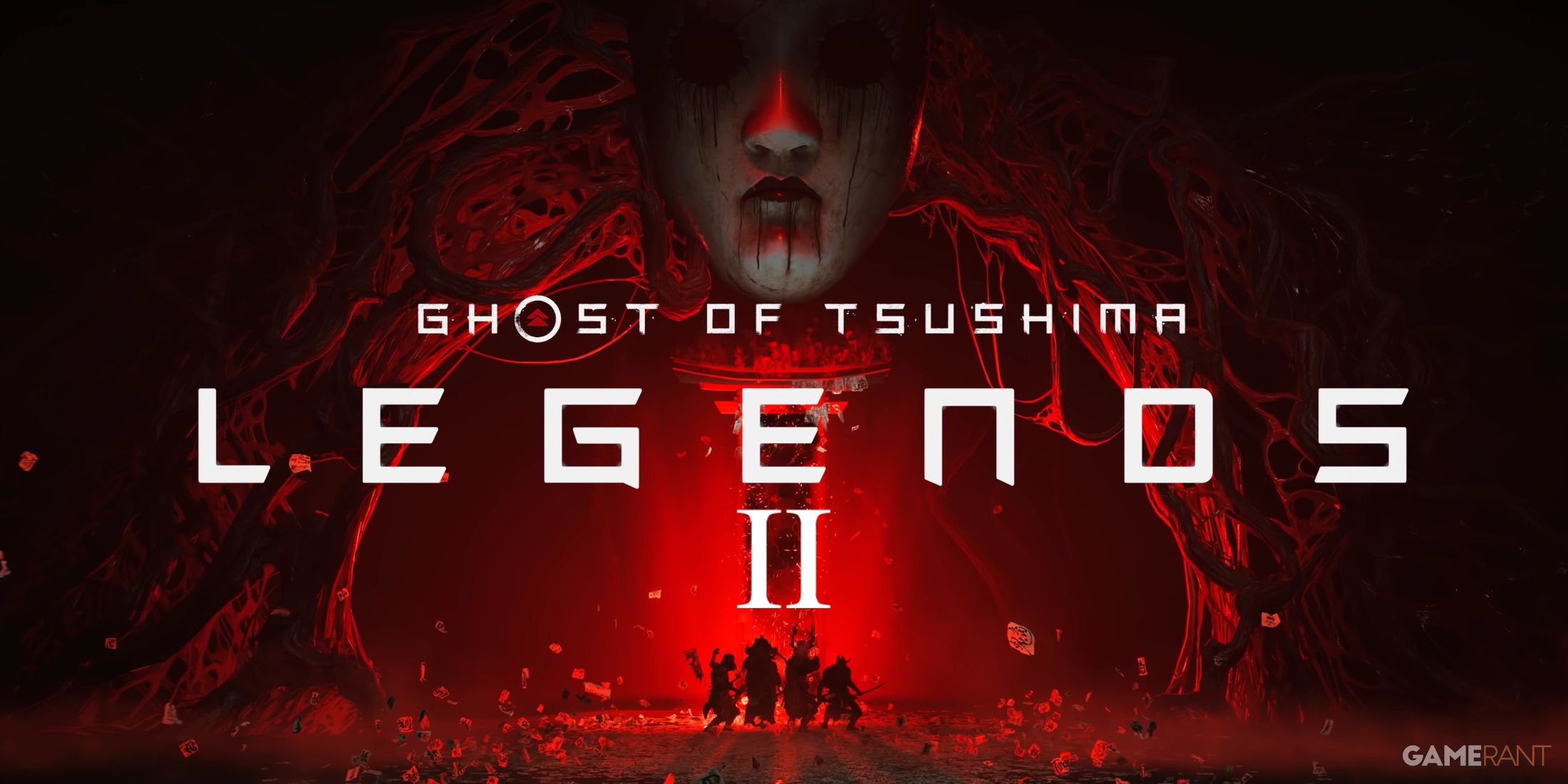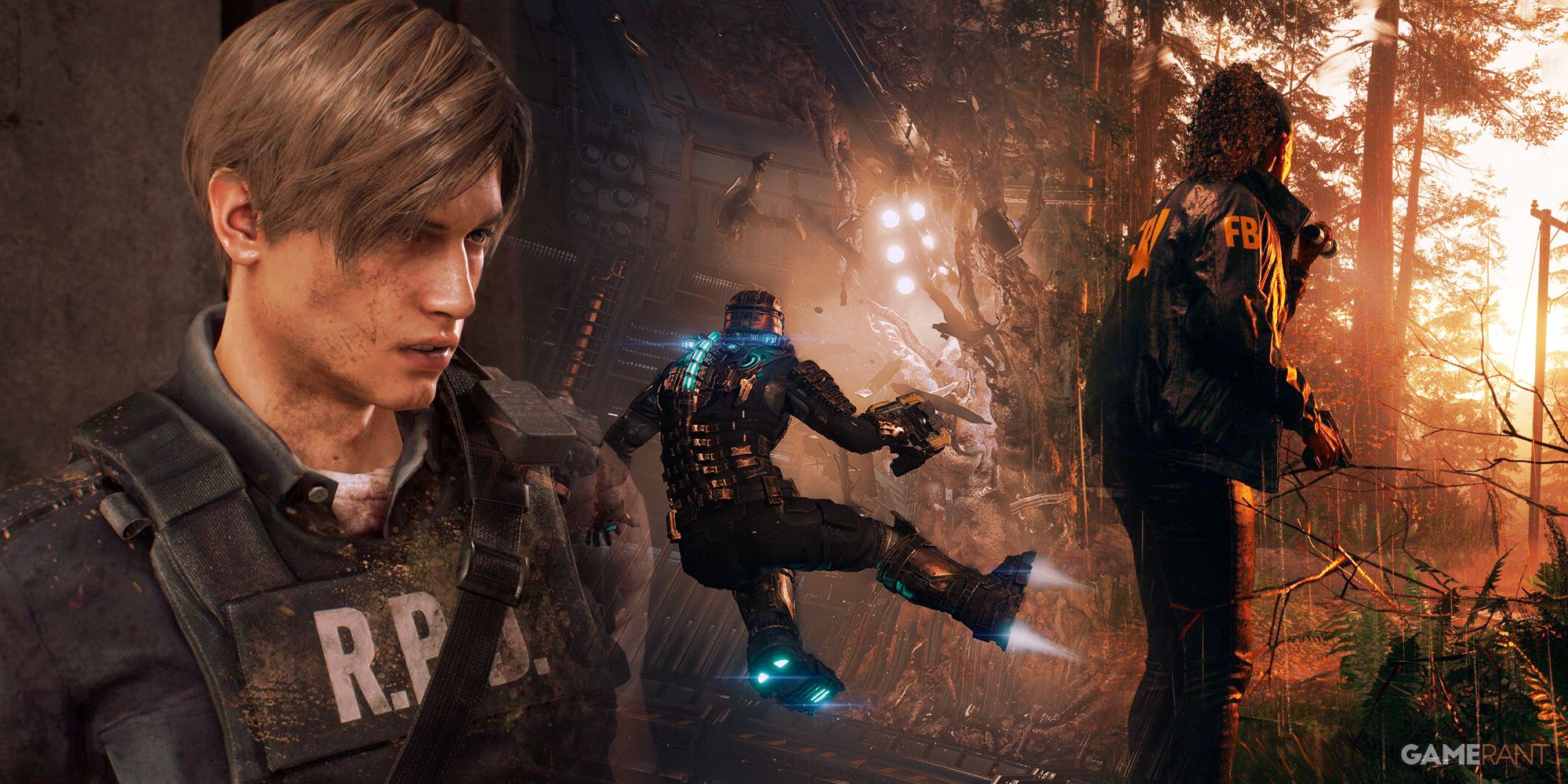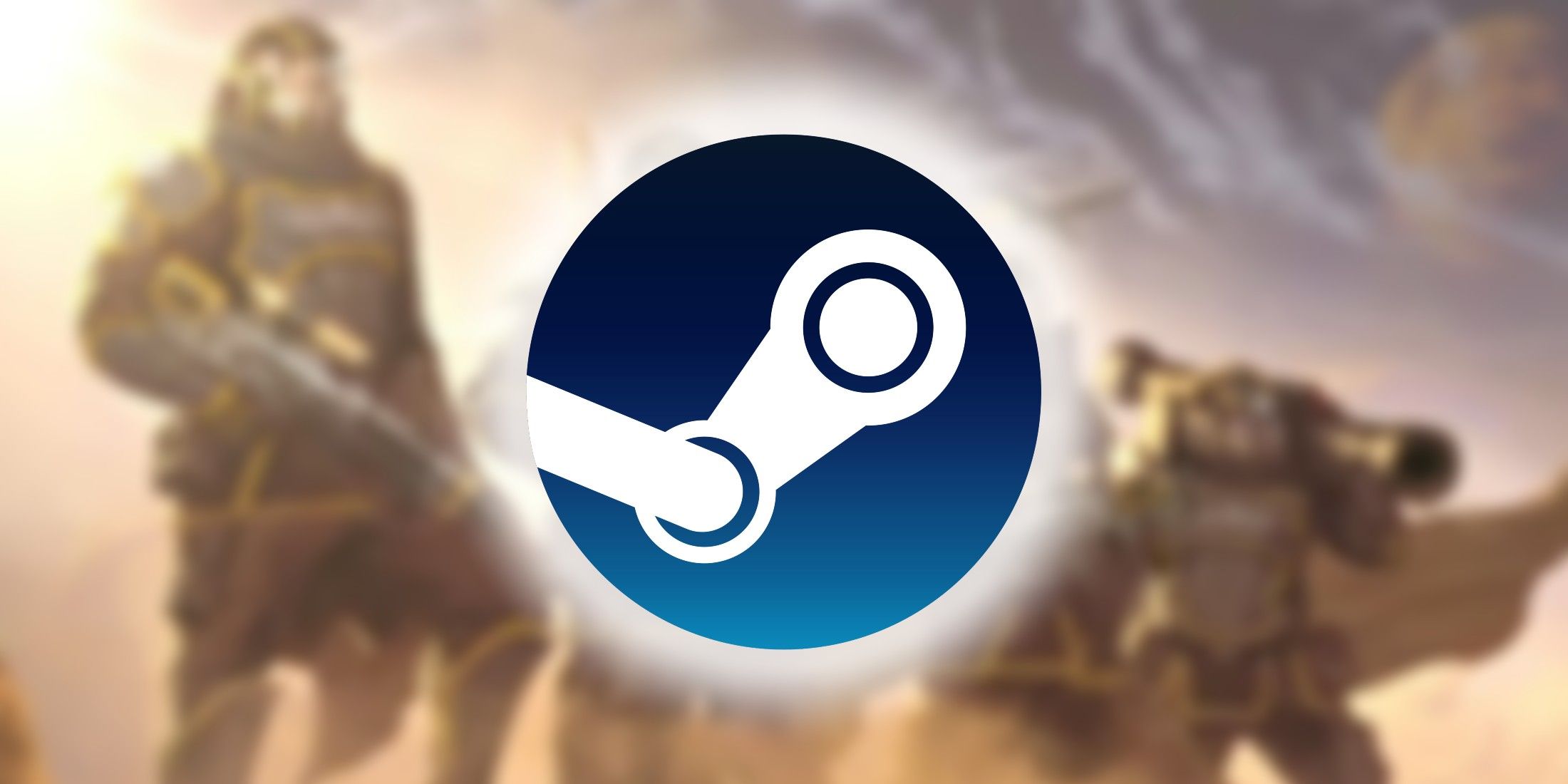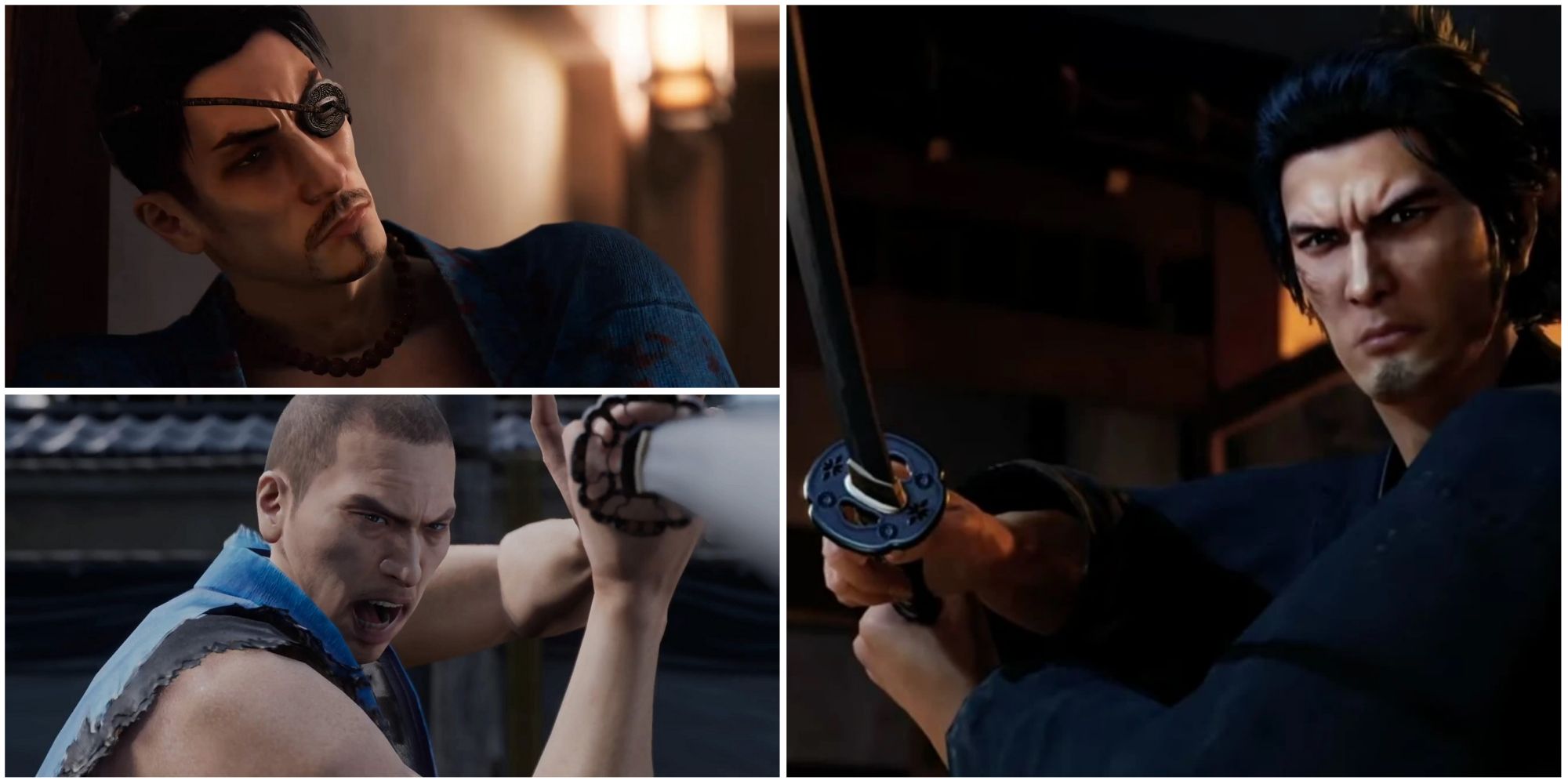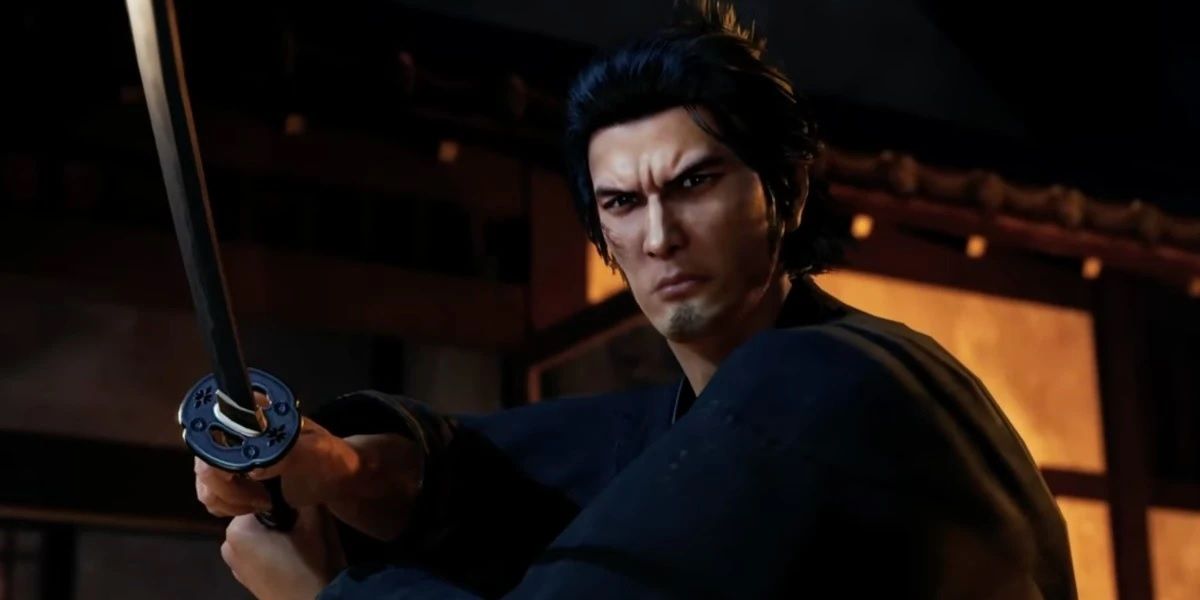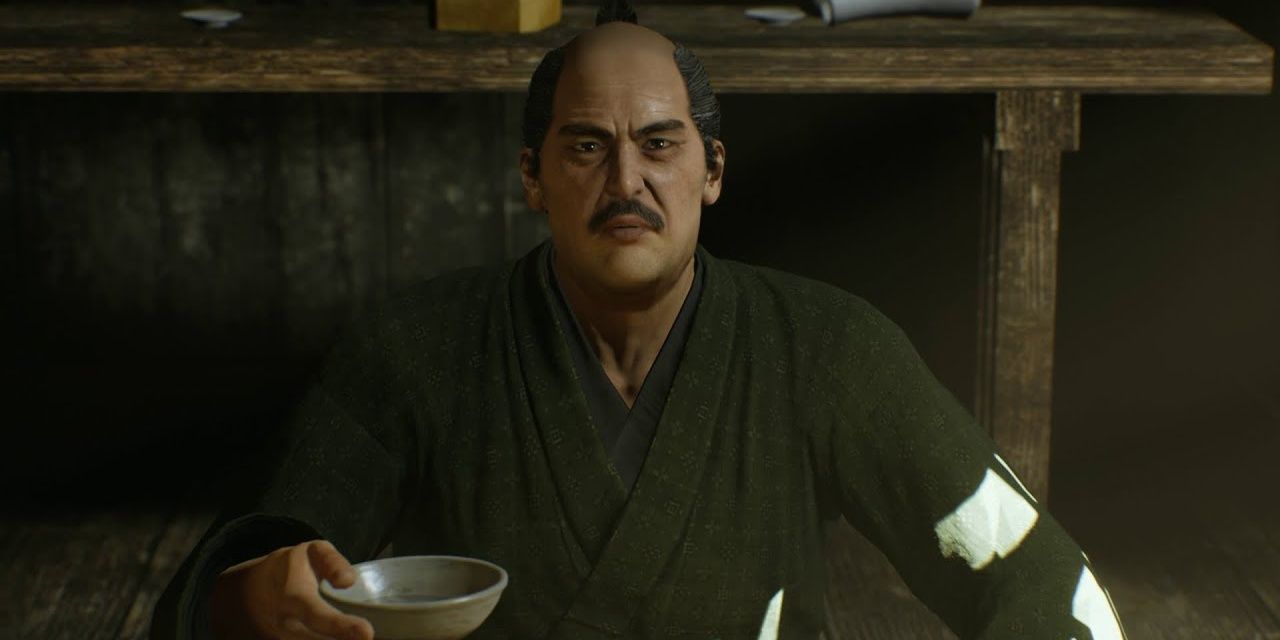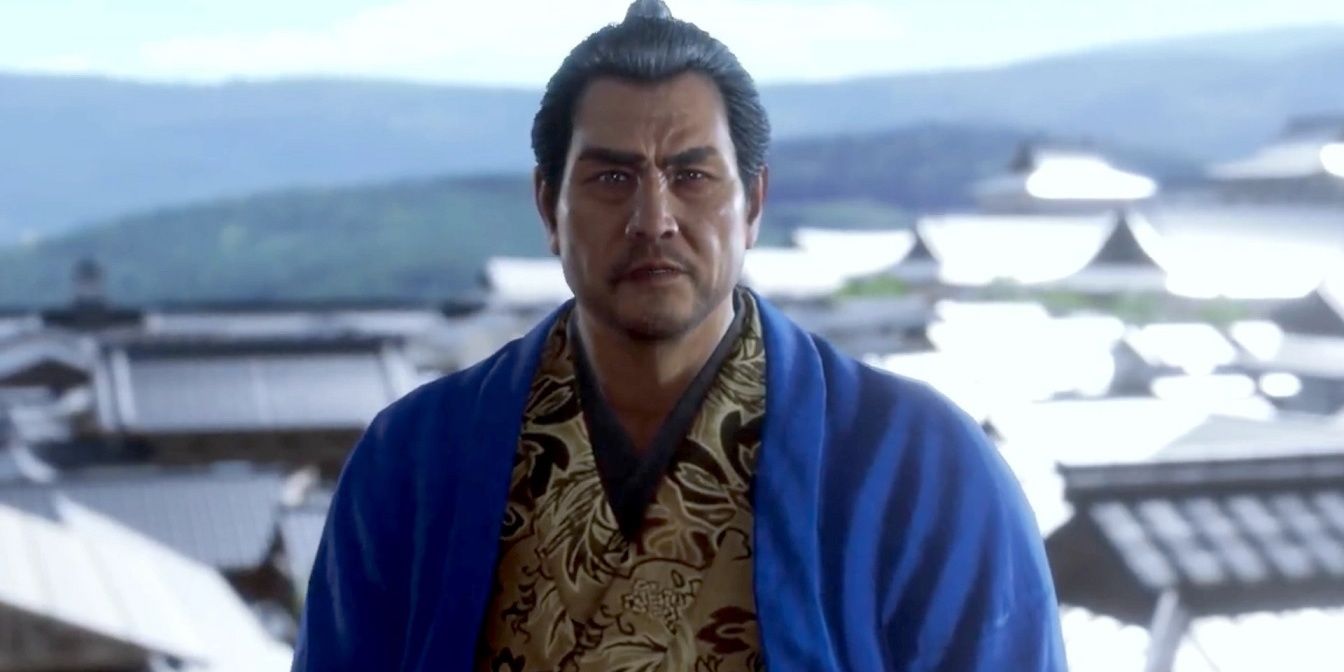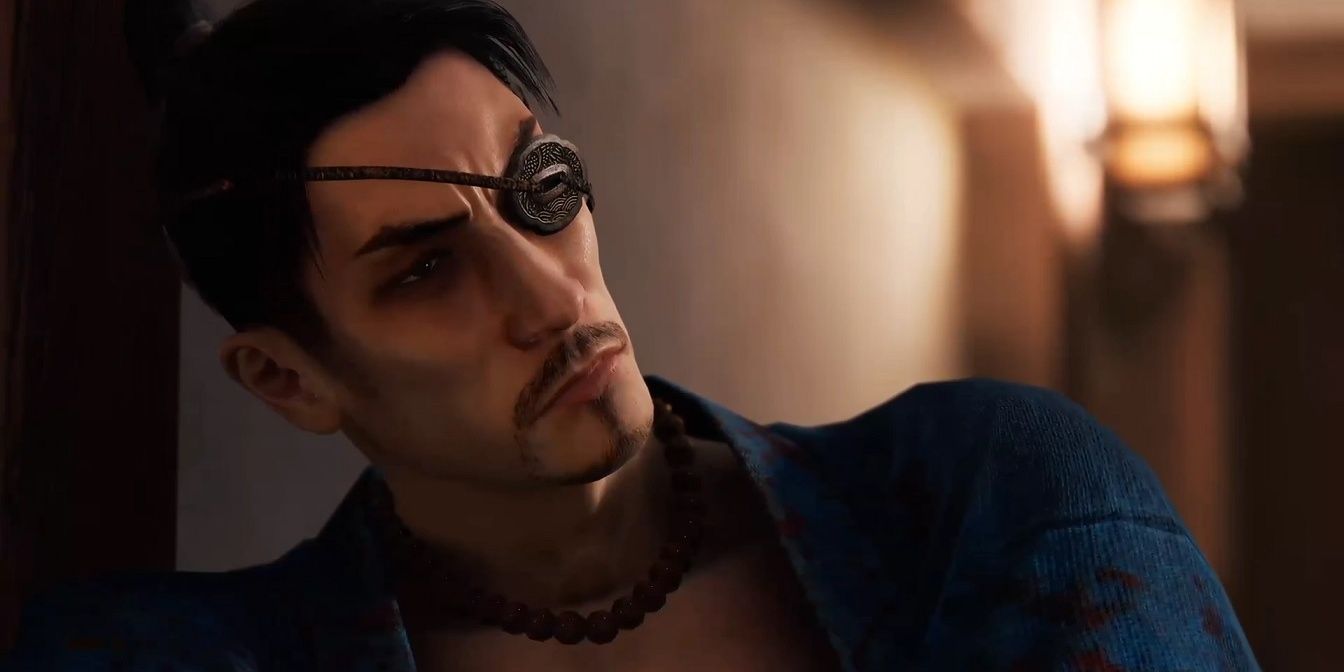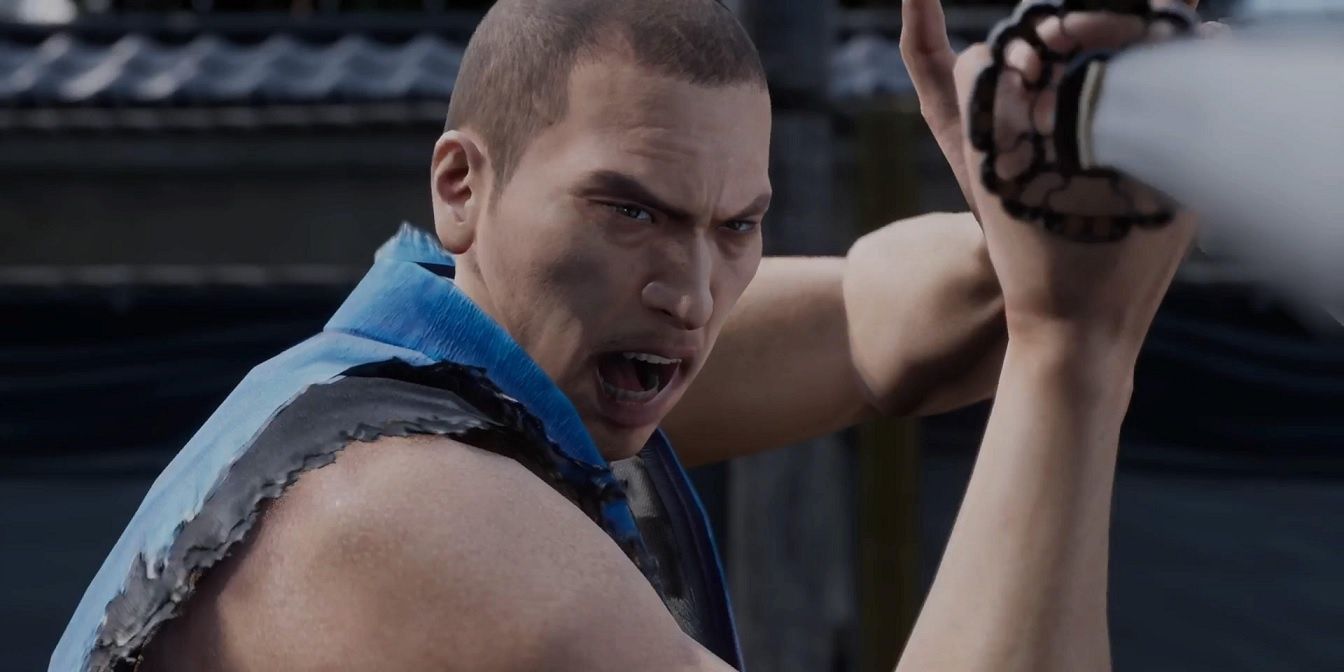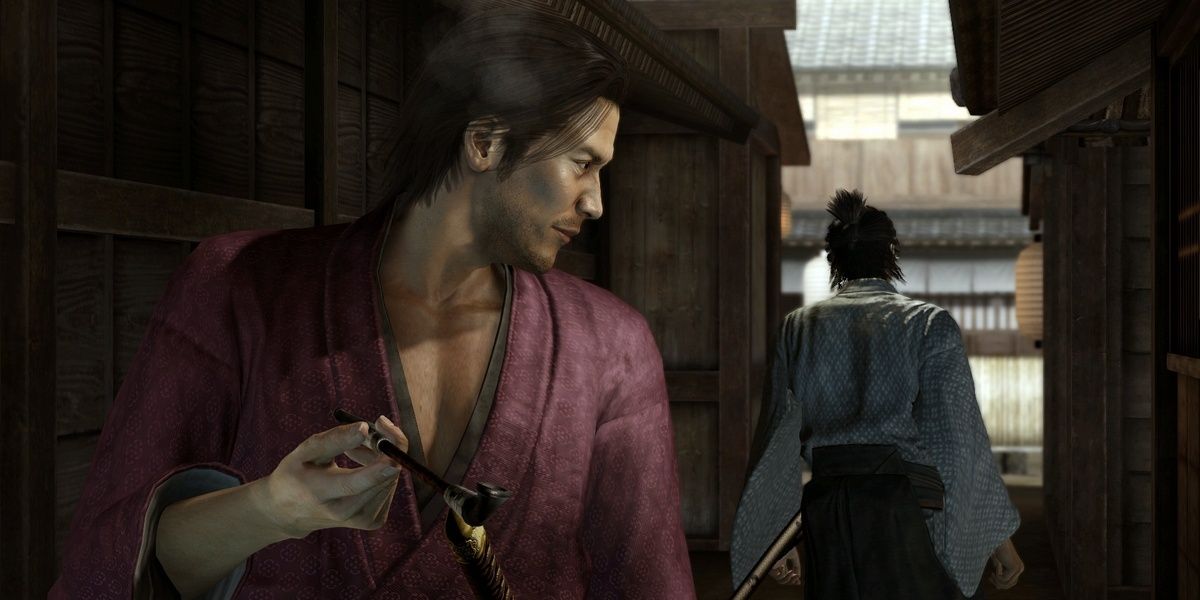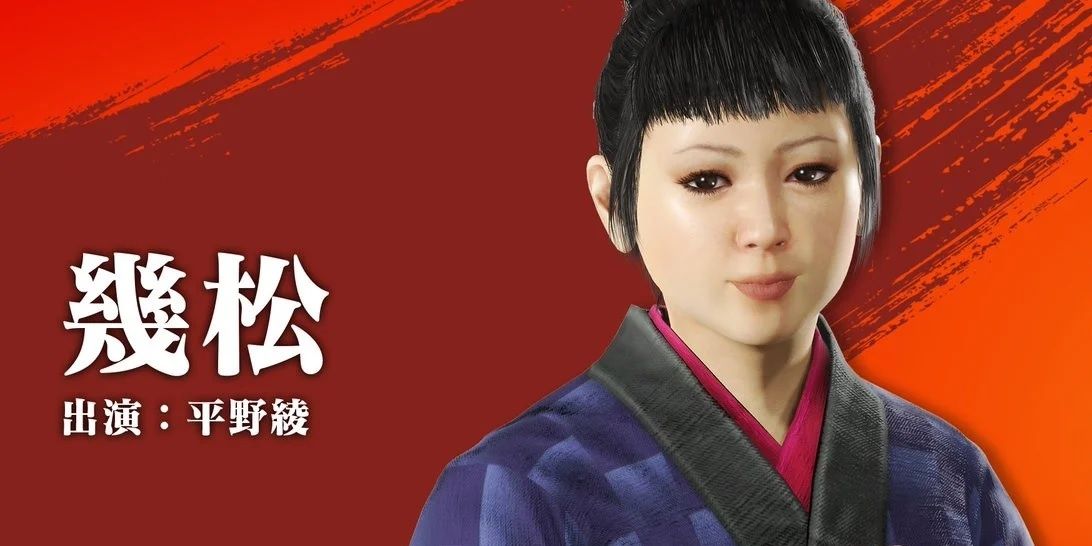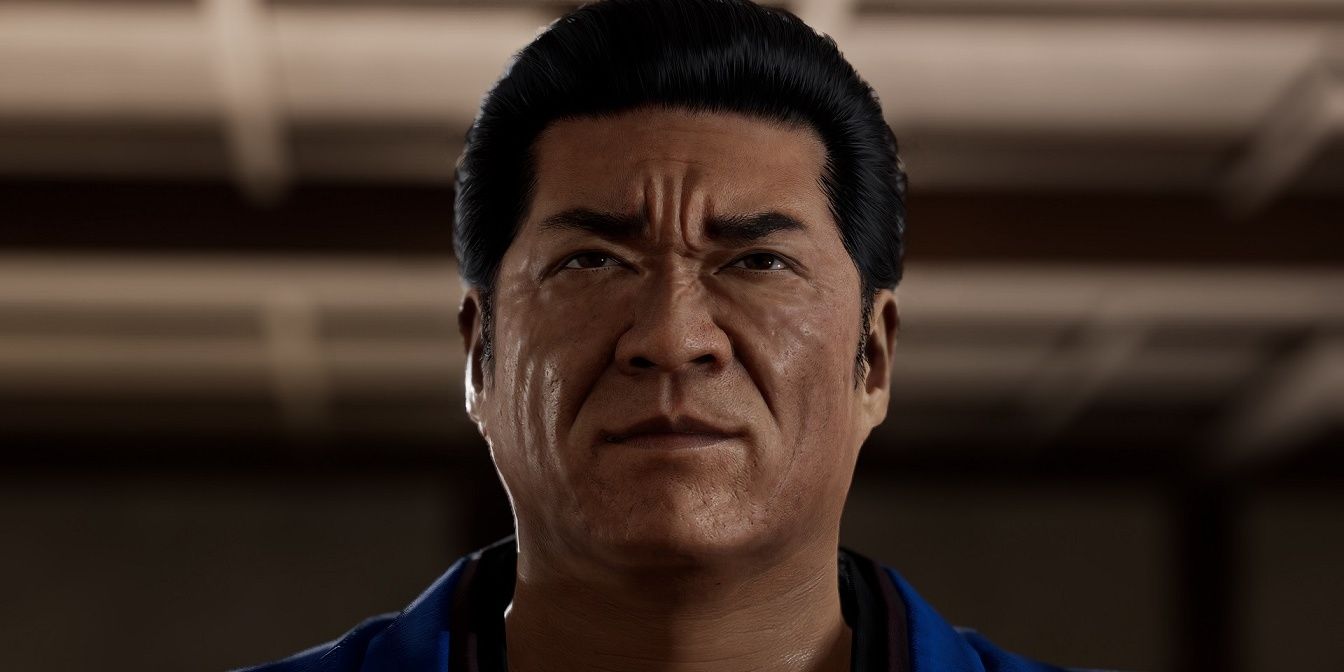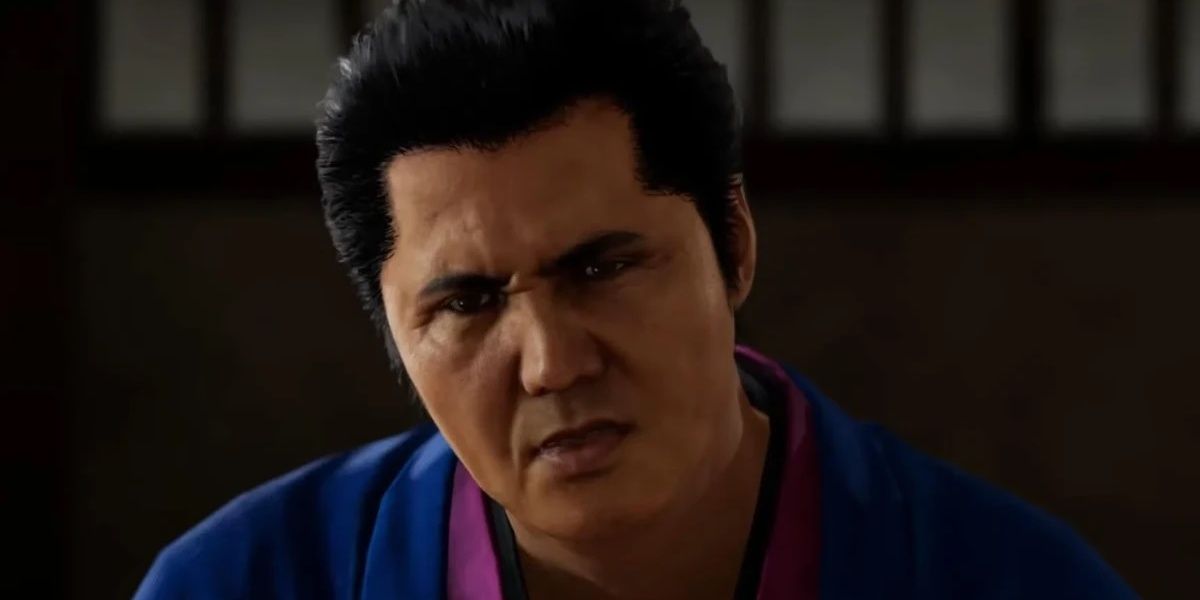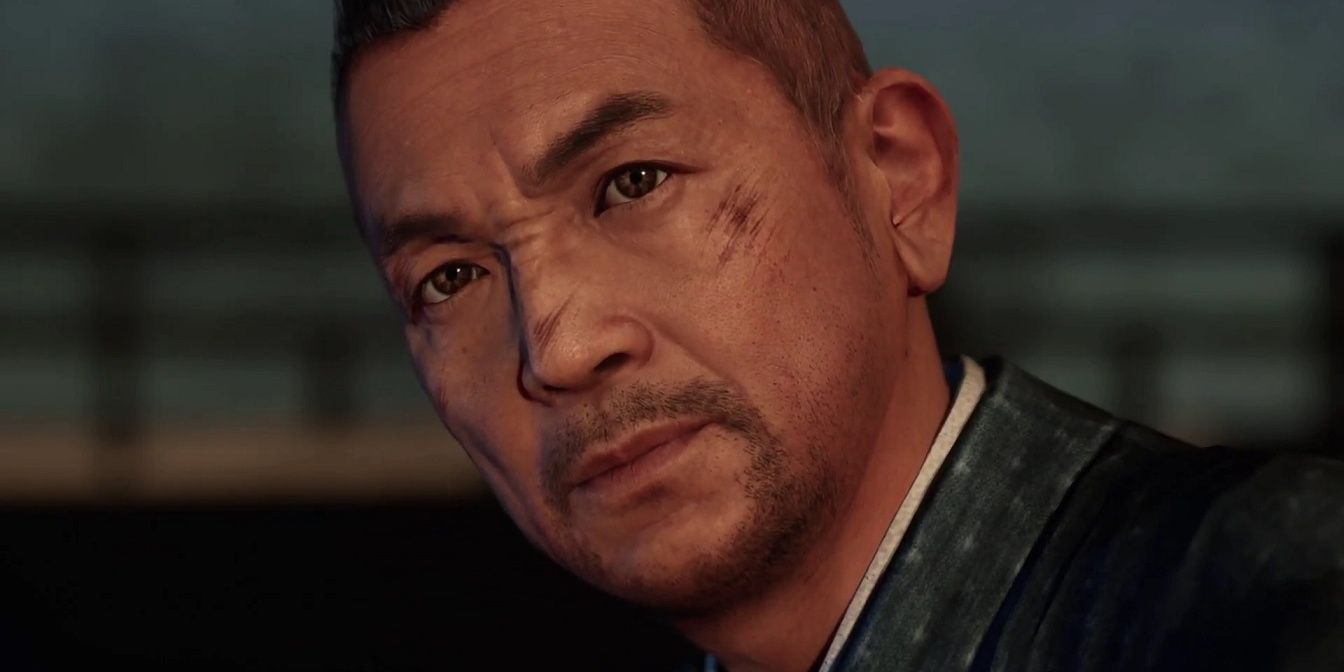One of the likely reasons the original Ryu Ga Gotoku: Ishin! stayed Japan-side was due to it being heavily based on the country's history. The likes of Julius Caesar, Rembrandt, and George Washington are known worldwide, but most people outside Japan are more familiar with Bacchus, baccarat, and backache than the Bakumatsu period.
Nonetheless, samurai games have proved popular in the past few years. Sega hopes Ishin will join Ghost of Tsushima and Sekiro: Shadows Die Twice as one of the subgenre’s must-play games. It might even teach players some history along the way! But how do the historical figures in Like A Dragon: Ishin! compare to the real deals?
10 Ryōma Sakamoto & Saitō Hajime
While the game uses notable names from the past, it tells a very different story with them. Ishin’s Ryōma is a ronin from Tosa who seeks to avenge the death of his father figure by infiltrating the Shinsengumi, the shogunate’s police force, under the name "Saitō Hajime."
The real Ryōma was from Tosa in southern Shikoku, and he did work against the shogunate and Shinsengumi under an alias. However, it was more to oppose its isolationist policies than out of vengeance. Ishin just combined him with the real Hajime Saitō, a Shinsengumi captain that survived the Bakumatsu era to become one of modern Japan’s first police officers in the Meiji era.
9 Yoshida Tōyō
Modeled after Kiryu’s foster father Shintaro Kazama, it’s little surprise Ishin’s Tōyō serves the same function for Ryōma. He worked for the shogunate in Tosa despite opposing their policies, and broke feudal protocol by teaching low-rank samurai skills exclusively taught to higher-rank ones. It’s his assassination that sets Ryōma off to seek retribution.
Both Ishin’s Tōyō and the real Tōyō ran the Tosa domain. Except the latter was appointed by the shogunate to modernize the area. He also had little to no connection to Ryōma Sakamoto. But, after having rebuffed their proposals, he was assassinated by anti-modernists who wanted to reinforce seclusion. So, Ishin got close to the mark there.
8 Kondō Isami
Anime fans interested in samurai might be familiar with Kondō Isami, as he turned up in season 2 of Record of Ragnarök, had a cameo in Golden Kamuy, and inspired Kondō Isao in Gintama. In Ishin, he’s a chief member of the Shinsengumi, having previously served its earlier incarnation as the Mibu Roshigumi. He was taught to be a samurai by the Tokugawa clan directly, being one of their biggest devotees.
In reality, Isami was a commander known for his scholarly knowledge and being a master of Tennen Rishin-ryu, a martial art that involved swords, staffs, and bare fists. He was dedicated to the Tokugawa shogunate, putting down rebellions and serving them against the Imperial forces in the Boshin War. He was ultimately executed, but his dedication, skill, and daring cemented his reputation as one of Japan’s toughest warriors.
7 Okita Sōji
To get this out of the way: the real Okita Sōji didn’t have one eye, act weird, or dance the "Samurai Ondo." Ishin’s Sōji is just Yakuza's Goro Majima with more hair and fewer tattoos, right down to his rivalry with the Kiryu-like Ryōma. There is a reason for that, but the curious will just have to play the game to find out.
The real Okita Sōji was the foster brother-in-law of Kondō Isami and the head coach of Tennen Rishin-ryu, before joining his sibling in the Mibu Roshigumi and Shinsengumi. He pioneered new katana techniques and was a master with the bo staff. But while he served the shogunate in the Boshin War, he died from tuberculosis at just 25 years old.
6 Nagakura Shinpachi
Likewise, Ishin’s Nagakura "Shinpa-chan" Shinpachi is just series’ heavy Taiga Saejima, right down to the brusque personality and beefy physique. He’s friends with Okita Sōji, and values honesty over bluster. Though like his friend, there’s a reason his design owes more to Saejima than history. The real Nagakura wasn’t so chummy with Sōji, aside from both of them being Shinsengumi captains.
In fact, he would outlive his fellow Edo native by 47 years. He survived the Bakumatsu period and Boshin War to become a civilian. Nagakura would work with Saitō Hajime to erect a monument to his fallen comrades before living out his days in Hokkaido. Hence, why he turns up in the Hokkaido-based anime Golden Kamuy, as well as inspiring characters in Hakuoki and Kaze Hikaru.
5 Katsura Kogoro
Though some characters have their misgiving, the Tokugawa shogunate can be put on a pedestal. Ishin’s Katsura Kogoro mixes that up by being an anti-shogunate rebel who wants to get rid of the feudal system. Yet, he’s also a very chill guy based on the series' laconic loan shark Shun Akiyama.
It’s fitting as the real Katsura Kogoro was better known as Kido Takayoshi, one of the Three Great Nobles who founded modern Japan alongside Okubo Toshimichi and Saigo Takamori. He worked against the Shinsengumi at the Ikedaya Inn and Hamaguri Gate protests before forming the Satchō Alliance with Toshimichi and Takamori. Albeit with a little help from the real Ryōma Sakamoto, who served as their mediator.
4 Ikumatsu
It was rumored that Kogoro got the upper hand at the Ikedaya Inn from intel received from his geisha lover Kido "Ikumatsu" Matsuko. While that wouldn’t be confirmed, the two would later marry after the new Meiji regime was installed. After Kogoro died, she became a nun under the name Suikōin, and tended to his tomb until her own passing.
So, it’s fitting that Ishin’s Ikumatsu is based on Hana, Akiyama’s ever-dependable secretary from Sky Finance. She shares Kogoro’s anti-feudal views and takes advantage of chauvinist men to gather political information for him. They didn’t think women had a place in politics, and she made them pay for that.
3 Itō Kashitaro
If this guy looks familiar, that’s because he’s played by Hitoshi Ozawa, the man behind Kiryu’s Yakuza 0 nemesis Kuze. Which is a change from the original game, where he was based on Yakuza 3 villain Hamazaki. Ishin’s Itō is the Shinsengumi’s third-in-command as their military advisor, though he’d rather be calling the shots from the top.
Despite starting off as an anti-shogunate rebel, the real Itō quickly became the Shinsengumi‘s military advisor. He was possibly trying to convert the group to the rebels’ cause. When he failed, he left the group to form the anti-shogunate Goryo-Eiji under the name "Itō Settsu." Not that they lasted long, as Itō was attacked by Shinsengumi members for his betrayal. He died, committing seppuku to avoid being killed by his former colleagues.
2 Takeda Kanryusai
Originally, Ishin’s Takeda resembled Hiroshi Hayashi, one of the bosses from the first two Yakuza games. The remake replaced him with a new design based on Yakuza 0’s Hiroki Awano, played by Riki Takeuchi. While he is a Shinsengumi captain, he doesn’t value either the shogunate or the Imperial rebels, seeing both as two sides of the same coin.
In this respect, he somewhat resembles the real deal. Historically, Takeda joined the Shinsengumi by flattering Kondō Isami, earning the ire of the rest of the group. Even so, he proved his worth as a strategist and fighter until Itō Kashitaro gradually outclassed him. Takeda would then try to leave the Shinsengumi and join Itō’s Goryo-Eiji. His old colleagues discovered his plot and killed him, with Saitō Hajime possibly providing the killing blow.
1 Takechi Hanpeita
The Yakuza series has had a lot of popular villains over the years, like Nishiki and Mine, who both reappear as bases for baddies in Ishin. Above them is their boss, Takechi Hanpeita. He was an original character in the old game but is now based on Keiji Shibusawa, the main villain from Yakuza 0 played by Hideo Nakano. Presented as Ryōma’s foster brother under Tōyō, he’s an anti-modernist seeking to change Japan to fit his whims.
The real Takechi did know Ryōma, as they both worked against the shogunate in different ways. He became part of the anti-modernists who wanted to topple the Tokugawa clan and expel foreign influences. His group, the Tosa Kinnō-tō, took over the Tosa domain by killing Tōyō and terrorizing Kyoto. While he worked for the Satchō Alliance, he was ultimately caught and charged with Tōyō’s murder. He was ordered to commit seppuku, which he ultimately did.
Like A Dragon: Ishin! is available now on the PS4, PS5, Xbox One, Xbox Series X/S, and PC via Steam.

